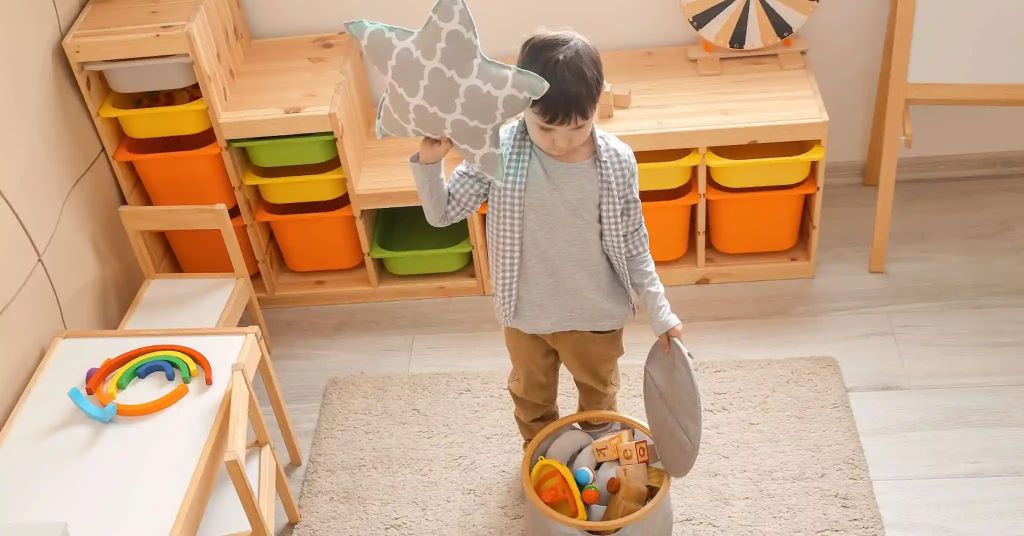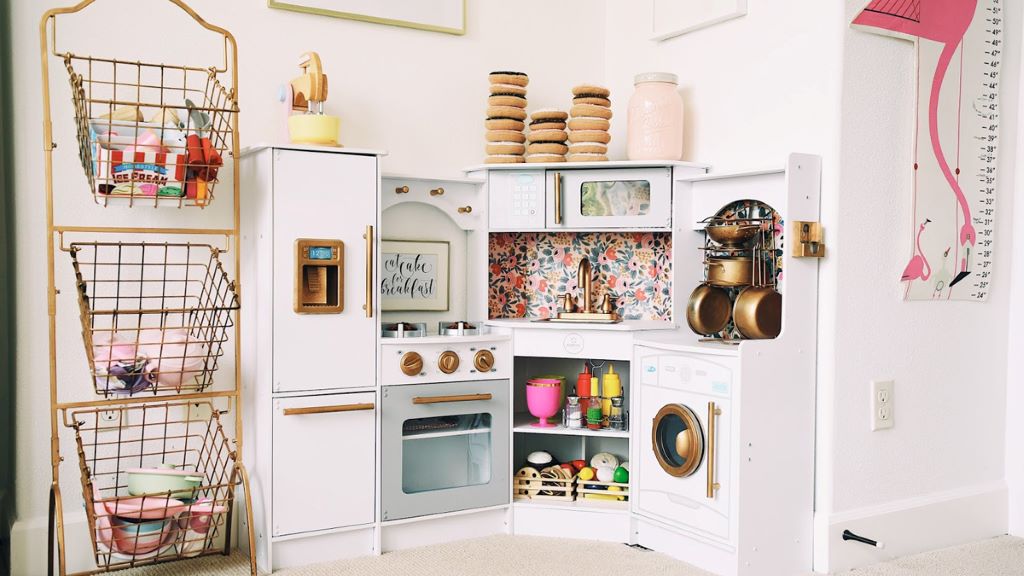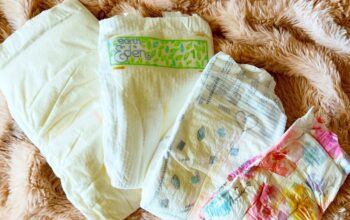Let’s face it, keeping a home organized with kids is like building a sandcastle at the tideline. It takes creativity, patience, and the understanding that things will inevitably need a little rebuilding. However, involving your children in the organizing process can make the task feel less daunting and turn into a fun activity. That’s where kid-friendly home organizing hacks come in!
Here’s an in-depth look at these hacks and how they align with Google’s Helpful Content Update, prioritizing practical, actionable, and unique advice:
Guiding Principles of Kid-Friendly Organization
- Accessibility is Key: Make sure storage solutions are within reach and easy for kids to use. Low shelves, open bins, and clear containers allow them to easily pick out what they need and return items after use.
- Visibility Matters: If kids can’t see what they have, it won’t get used. Clear containers and visual labels (pictures or words) help kids identify where things belong, promoting independence and reducing frustration.
- Less is More: Decluttering is essential! Too many toys or clothes create a constant battle. Donate outgrown items or those no longer played with and try toy rotations to keep spaces fresh and reduce overwhelm.
- Make it Fun: Turn tidying up into a game! Set timers, play music, offer rewards, or turn chores into silly challenges. Gamifying cleanup helps kids feel less resistant.

Room-by-Room Organization Strategies
- Bedrooms
- Clothing Conundrum: Use color-coded hangers or drawers to organize clothes by type or season. Have your child help sort and put away clothes, teaching decision-making skills.
- Toy Taming: Use labeled bins (e.g., “blocks,” “stuffed animals,” “art supplies”) to categorize toys. This makes cleanup easier and encourages kids to return items to their designated spaces.
- Underbed Storage: Utilize rolling drawers or bins under the bed for seasonal clothing, extra bedding, or less frequently used toys.
- Playrooms
- Zones are Your Friend: Create designated areas for different activities. Have a building zone, a reading nook, an art corner, etc. This helps prevent toys from scattering everywhere and contain specific messes.
- Rotate Toys Regularly: Put some toys away in storage and bring them out later. This creates a sense of novelty, reduces clutter, and helps kids appreciate what they have.
- Themed Storage: Use themed bins or baskets to group toys that spark the imagination, like a ‘superhero bin’ or a ‘dress-up box’. Kids will be thrilled to dive into these special containers.
- Bathrooms
- Bath Toy Wrangling: Use a mesh bag or shower caddy to store bath toys, allowing them to drain and dry easily.
- Labeled Essentials: Clearly mark bins for toiletries like “hair stuff,” “bath stuff,” and “toothpaste.” Picture labels work wonders for younger children.
- Individual Caddies: Assign a shower caddy to each kid for their bath supplies. This cuts down on clutter and sibling squabbles.
Additional Kid-Friendly Home Organizing Tips
- Entryway Essentials: Designate a drop zone for backpacks, coats, and shoes. Hooks at a kid-friendly height, labeled bins for shoes, or a small bench can make all the difference.
- The One-Minute Rule: If a task takes less than a minute, do it right away. This prevents small tasks from piling up and teaches kids about immediate responsibility.
- Mealtime Management: Let kids assist with age-appropriate meal prep and cleanup tasks. Store healthy snacks in easy-to-reach containers so kids can help themselves.
- Donation Station: Have a designated donation box or bin where kids can place items they’ve outgrown or no longer use. Teach them the joy of giving to others and keeping their space clutter-free.
Why This Content Matters
This article goes beyond simple tips by explaining why these hacks work, addressing the specific challenges of organizing with children. It provides room-by-room solutions, fostering a sense of accomplishment. Readers will gain confidence knowing these methods are designed to instill organization as a life skill for their children.








